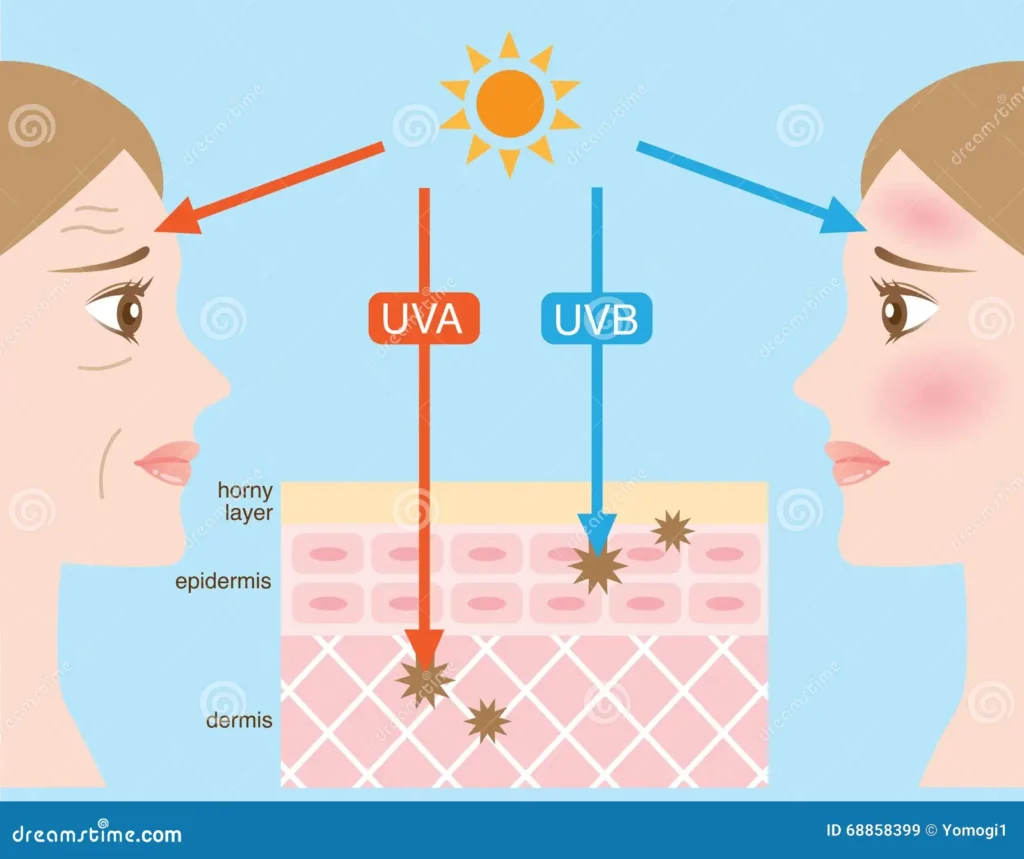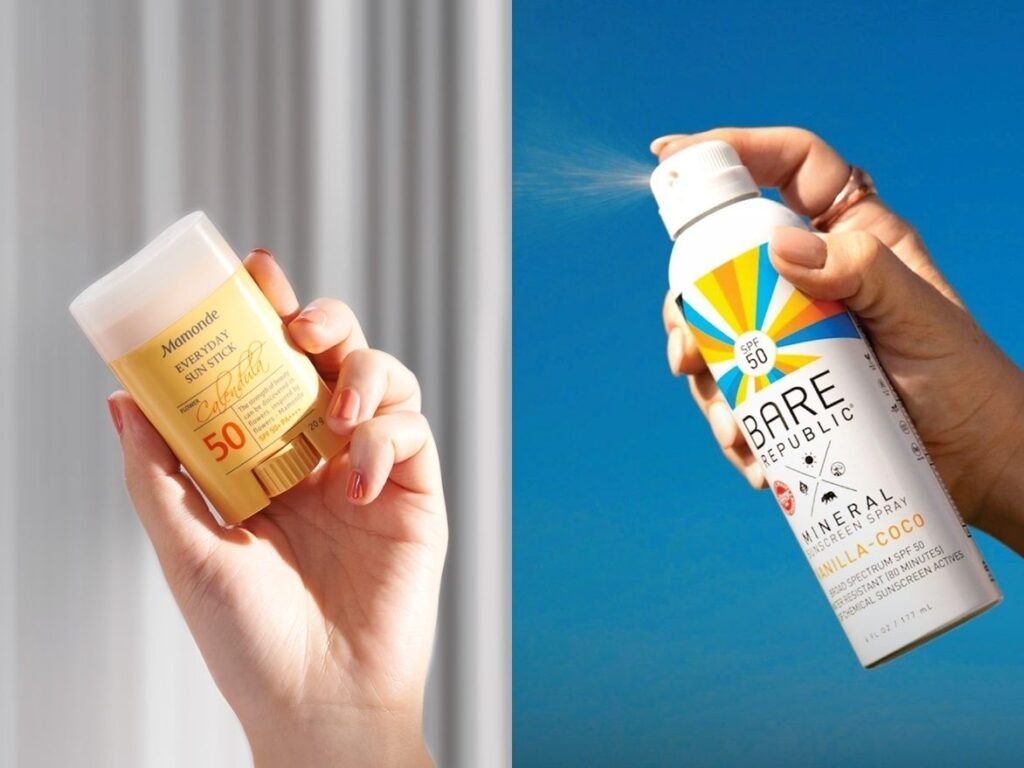Table of Contents
Okay, let’s talk SPF do’s and dont’s—because honestly, who hasn’t scrolled through Instagram only to find themselves spiraling down a rabbit hole of questionable skincare advice? Don’t even get me started on that whole “SPF in makeup is enough” myth! As someone who prioritizes both health and glow, I believe in getting the facts straight from the experts.
That’s why we’re diving into the essential SPF dos and don’ts, with expert advice from renowned dermatologist Dr. Sam Bunting. Get ready to soak up those rays with confidence (and protect that beautiful skin!).
Do: Choose Broad-Spectrum Protection for Complete SPF Coverage
First things first: when it comes to SPF, broad-spectrum is non-negotiable. Dr. Bunting emphasizes, “What’s really crucial when we’re talking about a good skincare routine is blocking the daily UVA rays which are present all year round.” Think of UVA as the sneaky culprit behind premature aging—those pesky fine lines, wrinkles, and hyperpigmentation.

And let’s not forget UVB, the main culprit behind sunburns (ouch!). Both UVA and UVB damage your skin, so a broad-spectrum SPF that shields you from both is essential—no matter your skin tone!
And let’s not forget UVB, the main culprit behind sunburns (ouch!). Both UVA and UVB damage your skin, so a broad-spectrum SPF that shields you from both is essential—no matter your skin tone!
Do: Find Your Formula Match: Chemical vs. Physical Sunscreen
Choosing the right sunscreen isn’t one-size-fits-all; it’s about finding what works best for your skin. Sunscreens generally fall into two categories:
- Chemical Sunscreens: These formulas contain ingredients that absorb UV rays like a sponge. They’re often favored because they tend to be lightweight and less likely to leave a white cast.
- Physical Sunscreens: These contain mineral ingredients like zinc oxide and titanium dioxide, which act as a shield to reflect UV rays away from your skin.
Dr. Bunting recommends a hybrid sunscreen that combines both physical and chemical filters for optimal protection. However, she notes that those with sensitive skin, rosacea, or eczema might find mineral sunscreens gentler.

Don’t: Be Stingy With Application! SPF Dos and Don’ts for Optimal Coverage
Here’s a truth bomb: applying a tiny dab of SPF won’t cut it. Dr. Bunting stresses the importance of generous application for your SPF routine. She advises using a quarter of a teaspoon (or 1.25ml) for your face and neck, “painting your face like you’re painting a wall.”
Her foolproof tip? The “13 dot technique.” Simply dot sunscreen around your face—forehead, cheeks, nose, chin, and neck—and blend for even coverage.
Don’t: Rely on Makeup for Sun Protection – One of the Biggest SPF Don’ts
I hate to break it to you, but that SPF 15 in your foundation isn’t enough to replace your sunscreen. Dr. Bunting explains, “SPF 15 in your tinted moisturizer probably isn’t going to cut it, because that really only means it will give you a little bit of UVB protection.” Plus, let’s be real—are you truly applying your makeup evenly to every single spot on your face? I didn’t think so!
Don’t: Underestimate the Power of SPF 50: A Crucial SPF Do
SPF 30 or 50? Dr. Bunting is team SPF 50 all the way! “UV light is a known entity that not only causes premature aging but also cancer, and they are both proven without a shadow of a doubt,” she states. SPF 50 offers slightly higher protection (98% compared to SPF 30’s 93%) and provides a safety net for those of us who tend to under-apply.

Sun Protection is Self-Love!
Ultimately, protecting your skin from the sun’s harmful rays is an act of self-care. By following these SPF dos and don’ts—choosing a broad-spectrum SPF, finding your ideal formula, applying generously, and not relying solely on makeup for protection—you’re investing in your skin’s long-term health and radiance.
What are your burning SPF questions? Let’s keep the conversation going in the comments!

